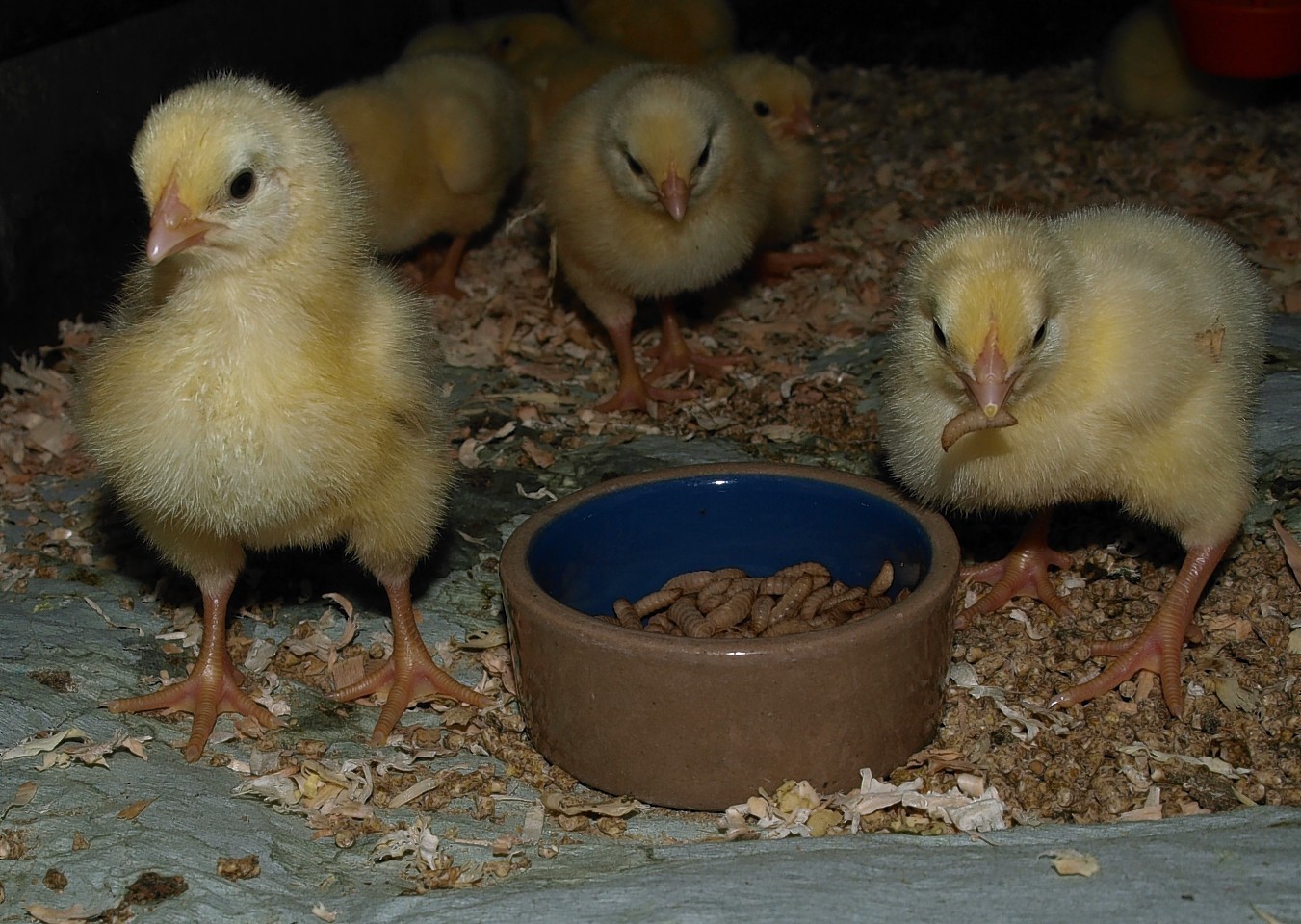A Dutch farmers’ co-operative with operations in the UK is looking into the merits of feeding live insects to broilers as a source of protein.
ForFarmers, which took over UK feed firm BOCM Pauls in November last year, is working with Wageningen University in the Netherlands on the project.
The company’s nutrition and innovation director, Leon Marchal, said: “The most important research question is whether the chicks are growing healthily and at a sufficient rate in comparison to a traditional diet.
“We also want to look at whether the broilers’ naturalbehaviour will improve as a result of the addition of live insects. If this project proves to be a success, it will be an important step towards further sustainability within the industry.”
The project is taking place at the company’s experimental farm in Nijkerk, Netherlands.
A flock of 1,000 chicks will be split into four groups for feeding – a control group will be given a traditional diet, while the remaining three will be given 5%, 10% or 15% respectively of black soldier fly larvae.
It is hoped the high protein content of these larvae will replace up to 75% of a protein like soya.
The company’s poultry innovation manager, Albert Dijkslag, said: “The larvae from this species are truly omnivorous and are relatively easy to grow. This will also result in profit for the farmer and increased sustainability. These larvae are grown on residual flows from the food industry. These residual flows and the protein within these would otherwise end up in biomass, however now they are available as feed. And if the trial proves successful, we will have found an alternative source of protein.”
Initial results from the trial are expected in September, however it is unlikely insect feeding on a large scale could be adopted by the poultry sector straight away.
Mr Marchal said: “The application is currently quite expensive. But it’s definitely a good first step and mindset. If we see positive results, we will continue with the further optimisation and development of the trial.
“The nice thing here is that chickens in the wild are naturally omnivorous and insects would feature as part of their diet, the outcome of the project therefore could be to help birds further express their natural behaviour.”
